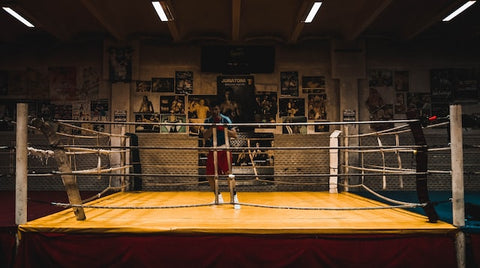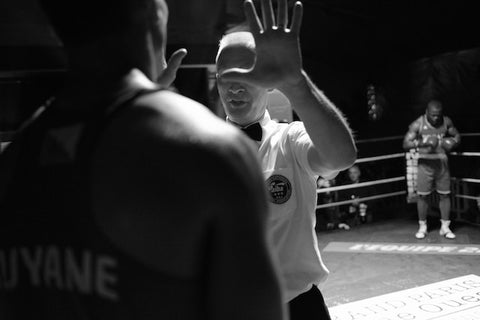The history of the boxing ring dates back to the ancient Greek Olympic games, where the sport of boxing was a popular event. The Greeks used a circular area, called a skamma, as the boxing ring. The skamma was a raised platform that was surrounded by ropes, and it served as the arena for the boxers to compete.
Over time, the sport of boxing evolved and spread to other parts of the world, and the boxing ring evolved along with it. In the 18th and 19th centuries, boxing matches were often held in makeshift arenas, such as open fields or barns. These venues did not have any specific dimensions, and the size and shape of the arena would often vary from one match to the next.
As boxing became more popular and organized in the late 19th century, a standard design for the boxing ring began to emerge. The first official boxing ring was built in 1867 by the Pugilistic Society in London, England. The ring had a raised platform surrounded by four posts and ropes, and it measured 24 feet square.
In the early 20th century, the Marquess of Queensberry rules were introduced, which established guidelines for the sport of boxing, including the size and dimensions of the ring. According to these rules, the boxing ring should be square, measuring between 16 and 20 feet on each side, with four corner posts connected by ropes. The ropes should be between 1 and 2 inches in diameter and should be placed at a height of 3 to 4 feet above the floor of the ring.
Today, the boxing ring has become an iconic symbol of the sport of boxing, and it is a staple of modern boxing matches. While there have been some variations in the design and dimensions of the ring over the years, the basic structure has remained relatively unchanged for over a century.




